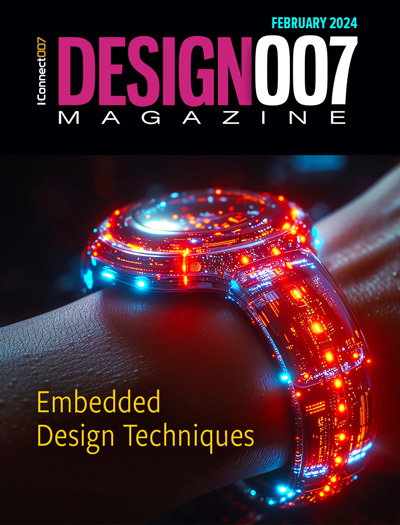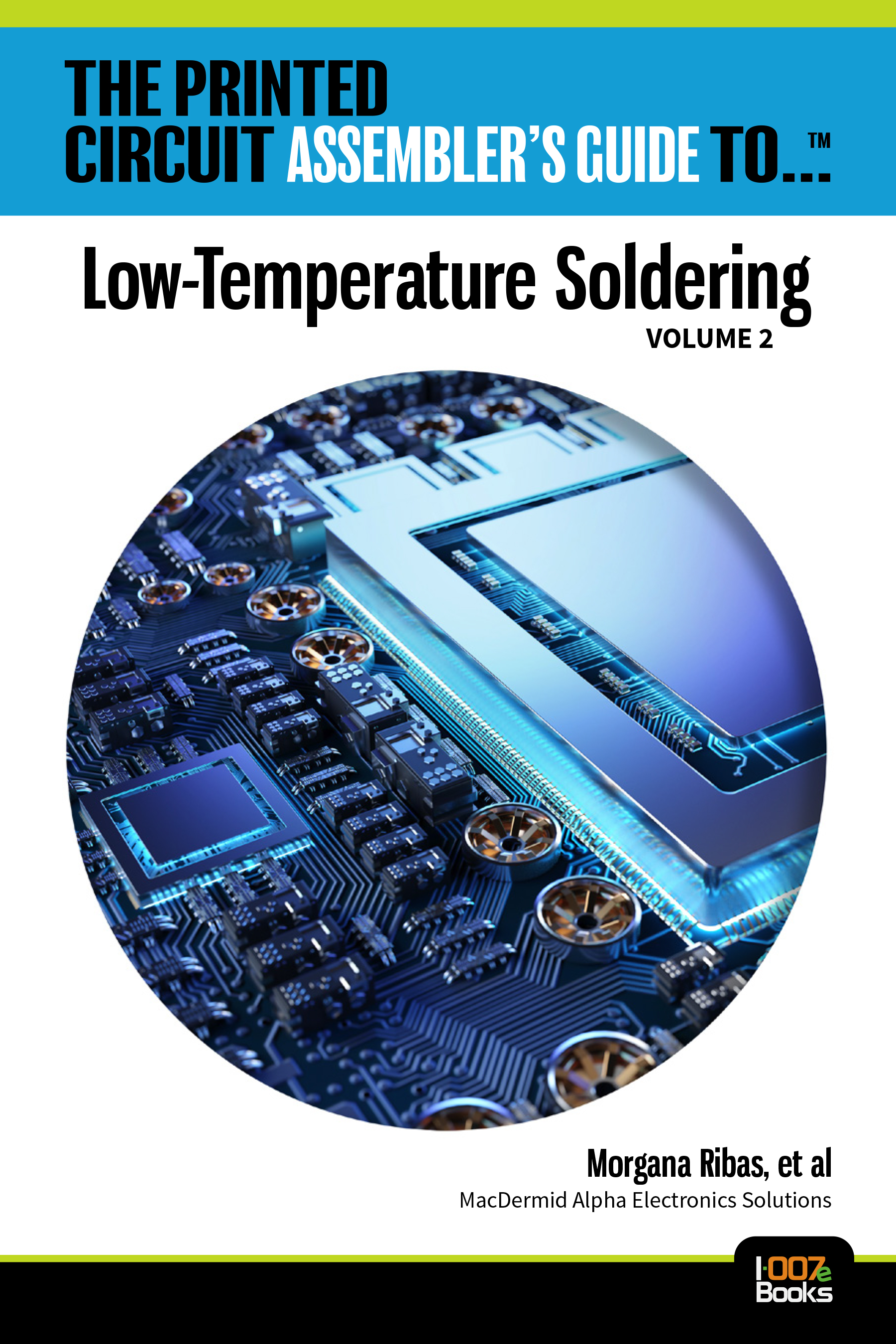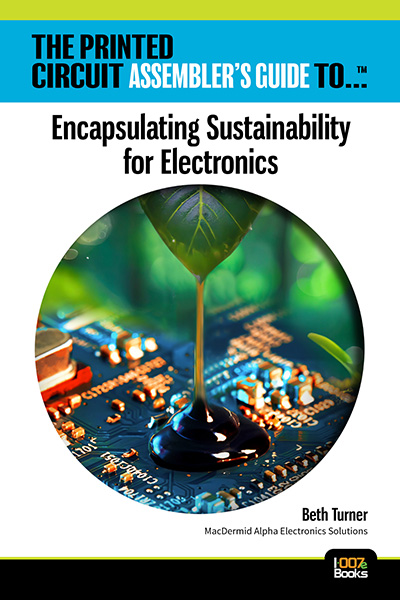-

- News
- Books
Featured Books
- design007 Magazine
Latest Issues
Current Issue
Level Up Your Design Skills
This month, our contributors discuss the PCB design classes available at IPC APEX EXPO 2024. As they explain, these courses cover everything from the basics of design through avoiding over-constraining high-speed boards, and so much more!

Opportunities and Challenges
In this issue, our expert contributors discuss the many opportunities and challenges in the PCB design community, and what can be done to grow the numbers of PCB designers—and design instructors.

Embedded Design Techniques
Our expert contributors provide the knowledge this month that designers need to be aware of to make intelligent, educated decisions about embedded design. Many design and manufacturing hurdles can trip up designers who are new to this technology.
- Articles
- Columns
Search Console
- Links
- Events
||| MENU - design007 Magazine
The Pulse
Column from: Martyn Gaudion
Martyn Gaudion, CEO of Polar Instruments Ltd., began his career at Tektronix in the early 1980s where he was responsible for test engineering on high-bandwidth portable oscilloscopes. Gaudion joined Polar in 1990 where he was responsible for the design and development of the Toneohm 950, Polar's multilayer PCB short circuit locator. He became marketing manager at Polar during 1997 as the market for controlled impedance test became a major section of the company's product range, was appointed Sales and Marketing Director in January 2001 and was appointed CEO in January 2010. Gaudion also writes occasional articles for a number of PCB industry publications and regularly contributes to IPC High-Speed High-Frequency standards development activities. He may be contacted Polar Instruments Ltd., Garenne Park, Guernsey, UK, GY2 4AF; phone:+44 1481 253081; fax: +44 1481 252476


